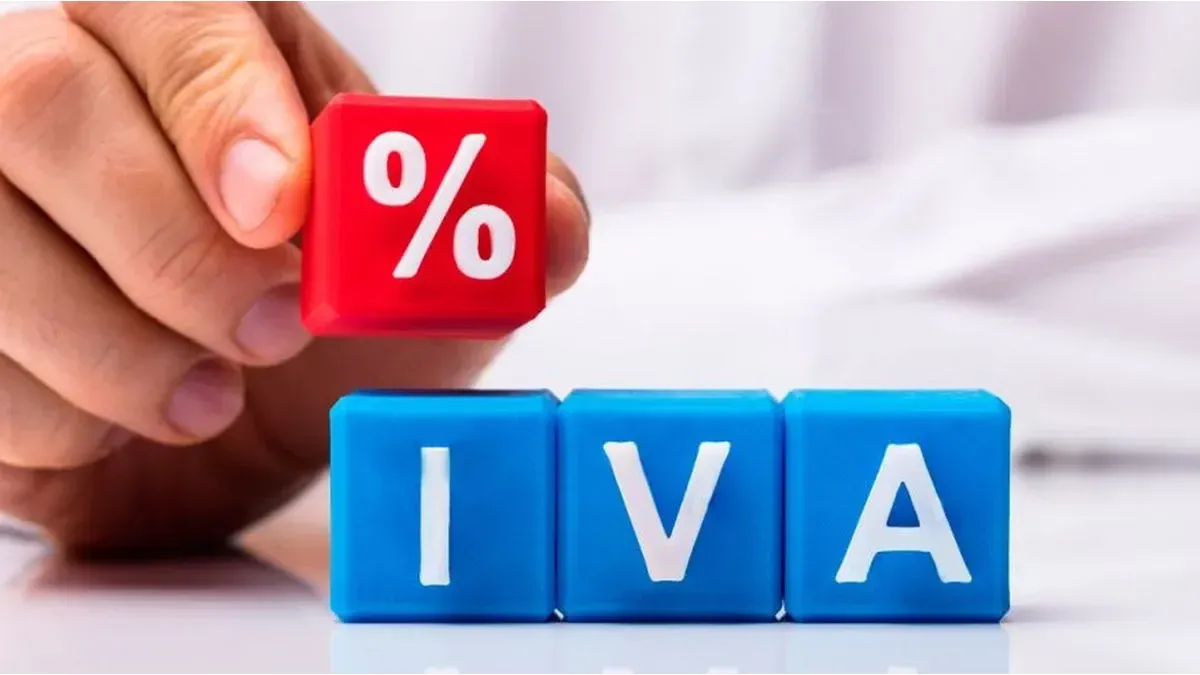While from the government, the need to carry out a Integral Tax Reform, which returns collection powers to the provincesanalysts discuss what the aliquot of a VAT could be that will eventually charge subnational jurisdictions to replace gross income.
According to a report of the Argentine Institute of Fiscal Analysis (Iaraf), The new tax should raise 4% of the internal gross product (GDP), which is what currently produces the provincial tax that is criticized in commerce and industry.
Keep in mind that National VAT generates income to the treasury due to the equivalent of 7% of GDP. To then estimate a “state” aliquot, it is taken into account that both taxes that apply to the billing have similar bases.
“The estimated aliquot of a provincial VAT, which allows obtaining a fiscal yield similar to the current collection of gross income tax, is approximately 11.4%,” Indicates the report.
In the study it is added that “a not less aspect has to do with the balances in favor that may have been accumulated in the payment of Iibb. “” If you consider a 5% of the IIBB collection corresponds to collection advances, the net instead of being 4% of GDP would be 3.8% of GDP. In that case, lA VAT equivalent aliquot would go to 10.9%”, Says the work.
VAT-Provincial.iaraf.png
The analysis takes on a National VAT of 20% of “Clean” of the aliquot calculations deferentials in some kind of products such as essential foods.
Thus, if no other modifications were made in the fiscal structure, under the current conditions A consumer should pay that indirect taxes for a total level of between 30.9% to 31.4%. It would be a national VAT of 20% and one provincial between 10.9% and 11.4%.
Provincial prosecutors with low capacity
The reality is that according to Sources consulted by scope In the sector of economic science professionals, most subnational jurisdictions are not currently able to do Position of VAT administration, which is more complex than gross income.
In the second case, taxpayers pay between 3% and 9%, according to the activity, on the billing in each link in the production chain. In the first, however, you have to keep a purchasing and sales record from each registered person in order to pay only the difference between VAT paid to suppliers and VAT charged to customers. That in itself, demands a significant effort of tax administration to execute adequate control, which currently only possesses.
A tax transfer?
A recent job of Institute for Argentine Social Development (IDESA) states that it is possible that the nation completely transfer the VAT to the provinces. To do this, federal tax co -participation would be eliminated.
In that scheme the National Government would keep the income tax and taxes to foreign trade, essentially. Why would it be possible? The entity directed by economist Jorge Colina considers that:
- VAT raises 6.7% of GDP and distributed 3.1% for nation and 3.6% to provinces.
- Profit raises 4.3% of GDP where 1.6% goes to nation and 2.7% to the provinces.
- Between VAT and profits approximately 11% of the GDP of which the nation appropriates 4.7% of GDP and the 6.3% provinces of GDP are raised.
“The nation would receive 4.3% of GDP that collects profits, which is similar to the 4.7% they receive today for co -participation, and The provinces would receive 6.7% of GDP that is collected with VAT, which is similar to the 6.3% they currently receive for co -participation ”, IDESA poses.
Source: Ambito




